The brain puts information together to come to conclusions about the body. This illusion shows that the brain can easily come to the wrong conclusion about the body.
Anne Boleyn illusion video
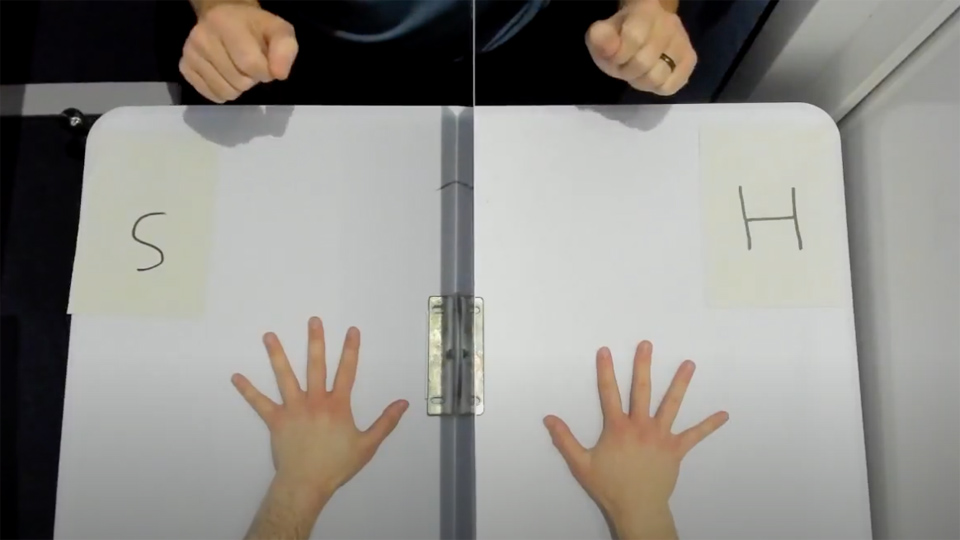

The brain puts information together to come to conclusions about the body. This illusion shows that the brain can easily come to the wrong conclusion about the body.
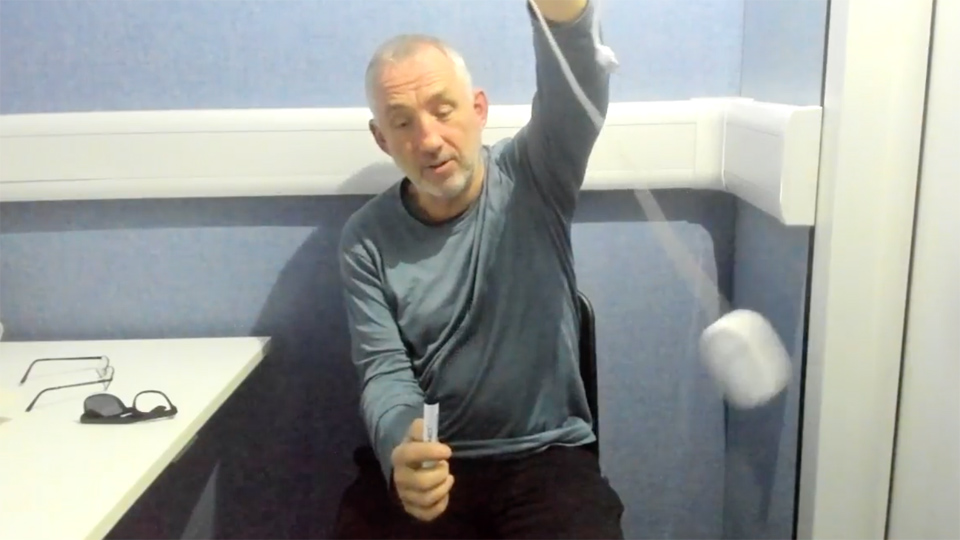
Our brains do a lot of calculations without us knowing. They use the timing of the light, along with assumptions about light and sight, to work out which things are closer than others.
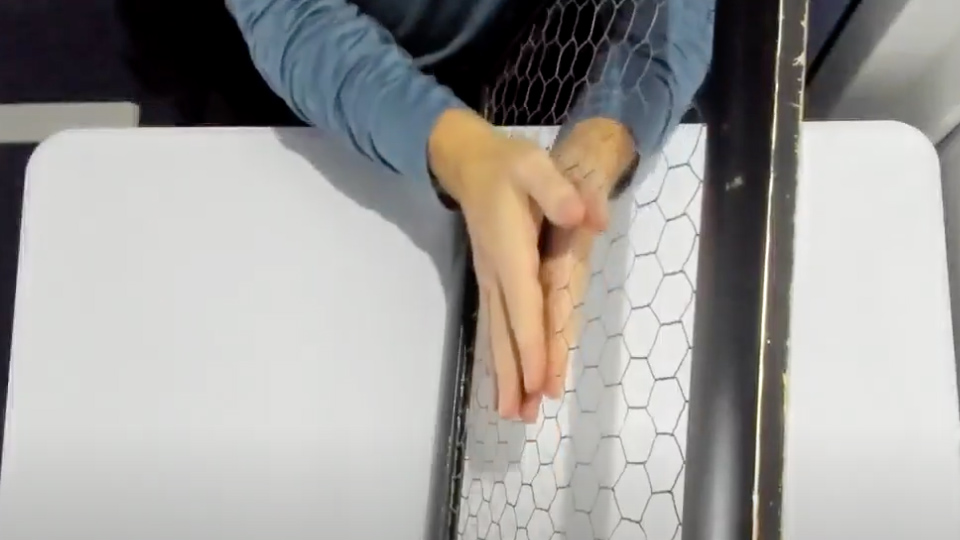
When the brain receives information that it is unclear, it has to work out what is going on. It uses previous experiences, context, and your beliefs to do this.
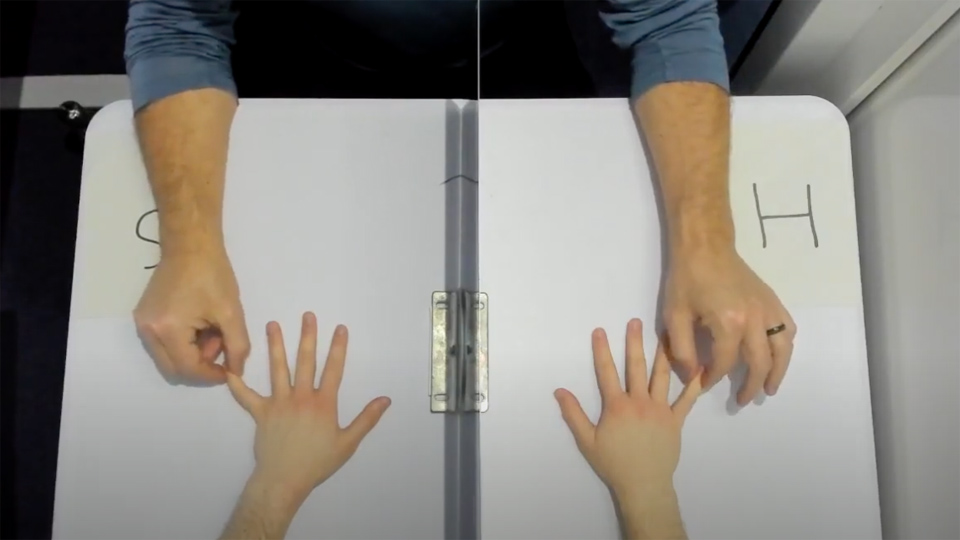
Two further illusions that demonstrate how the brain can put information together and come to the wrong conclusions.
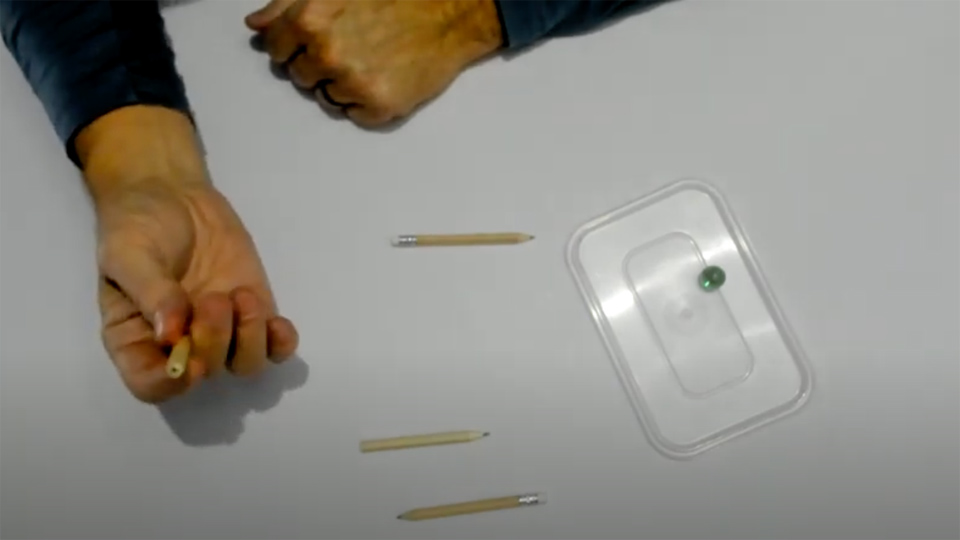
Our brain is constantly making conclusions about our body to protect us. In this case, the brain concludes that the dents in the finger must actually be on the pencil.
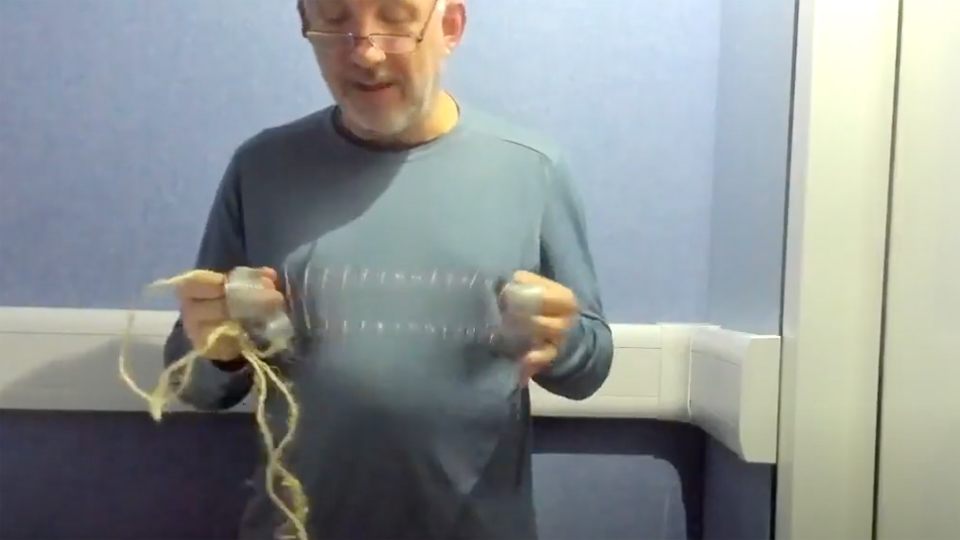
This demonstration shows how our awareness of something is based on our brain’s interpretation, instead of exactly what is going on in the world.
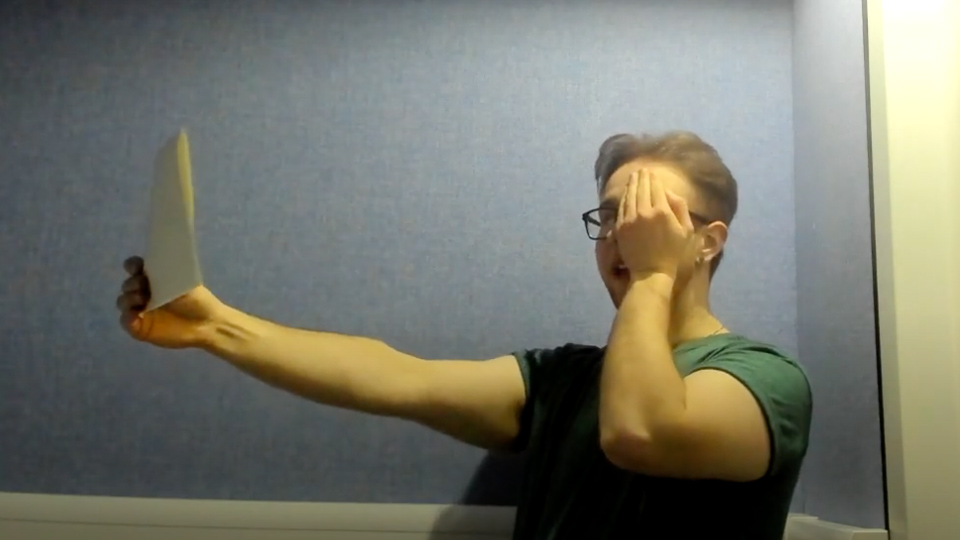
The brain fills things in using the information it has, and makes best guesses. When the dot is in the blind spot, the brain fills in the space with what looks like blank paper, because that’s what is around it.